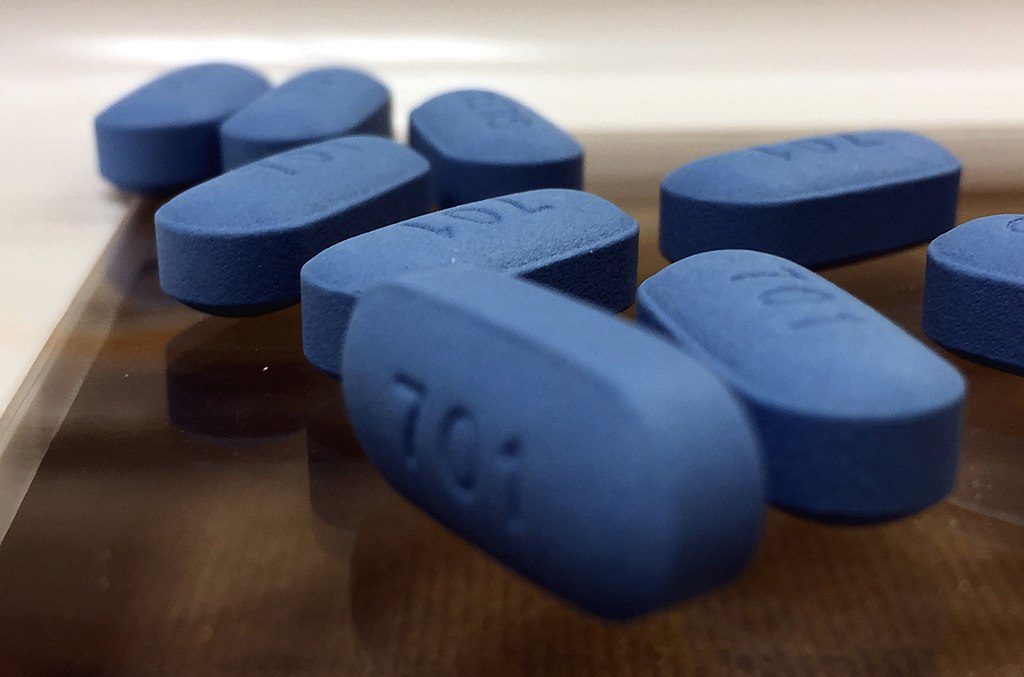HIV pre-exposure prophylaxis (PrEP) is a medication used for HIV prevention, and should be used by people who are routinely in danger of acquiring HIV (for example, those who have an HIV positive partner, or those who inject drugs). In the United States, about 200,000 women are candidates for PrEP, although only 50,000 of them have initiated this preventative option. Stigma against this prevention method is one reason why women potentially are not starting this medication, but this stigma has not been adequately studied among women.
To look at stigma against PrEP and how that can affect women starting this medication, researchers from the Northeastern United States recruited HIV negative, sexually active adult women who recently started care at Connecticut Planned Parenthood centers. This study had two purposes: first, to look at how common stigma against PrEP was among these women, including stereotypes against people who use it and how people might disapprove of those women using PrEP, and second, to look at how stigma affected the women’s interest in learning about PrEP, their intention to use it, and how comfortable they were talking about this prevention method with their doctor.
The women who participated in this study were first given an introduction to PrEP (in case they had never heard of this medication before), and then asked to complete online surveys assessing their thoughts on PrEP stigma and how likely they were to start using it.
There were 597 women who were part of this study, and many had characteristics that would make them good candidates for PrEP (because those behaviors put them at a higher risk for getting HIV). For example, although all of them were heterosexually active, 29% reported having sex with multiple male partners in the last six months. Ninety percent of the women in the study reported never or sometimes using condoms, and 21% thought they were at some level of risk for getting HIV during their lifetime. Knowledge about PrEP was very low in this population, with only 23% having heard of it before they became part of this study.
Overall, the biggest stereotype about PrEP was that 37% of the women believed that people would assume they “slept around”, and that 36% of the women expected disapproval from their families, as well as from their sexual partners (34%), and friends (25%). The majority of the women (66%) expressed some interest in learning more about PrEP, 32% probably would take it if it was freely available, and 57% were comfortable discussing PrEP with their doctor.
There were some demographics that were associated with the different PrEP measures. Women who never used condoms had stronger perceived stereotypes about PrEP than those who always used condoms. Women who were more interested in learning about PrEP and using PrEP were more likely to have less than a college education, have more sexual partners, being a race other than white, not having a monogamous relationship with someone HIV negative, and having a low household income. This is very important, as the women who have a higher risk for acquiring HIV are the ones who are more interested in learning about and using this type of prevention method. Furthermore, the women who had were worried about stereotypes about using PrEP were less interested in learning about PrEP, less comfortable discussing it with their doctor, and less likely to want to use PrEP.
Therefore, perceived stereotypes about people who use PrEP and expected disapproval from others about using PrEP could prevent women from using this potentially life-saving prevention medication. Furthermore, there was a widespread lack of knowledge about this type of prevention against HIV, even five years after PrEP was federally approved by the US government. These researchers concluded that there needs to be better messaging about PrEP targeted to women, and include information that tries to counter stigma against PrEP. This is an incredibly important tool for preventing HIV, but there needs to be prevention of stigma and widespread access to this medication if it is going to be successful.


